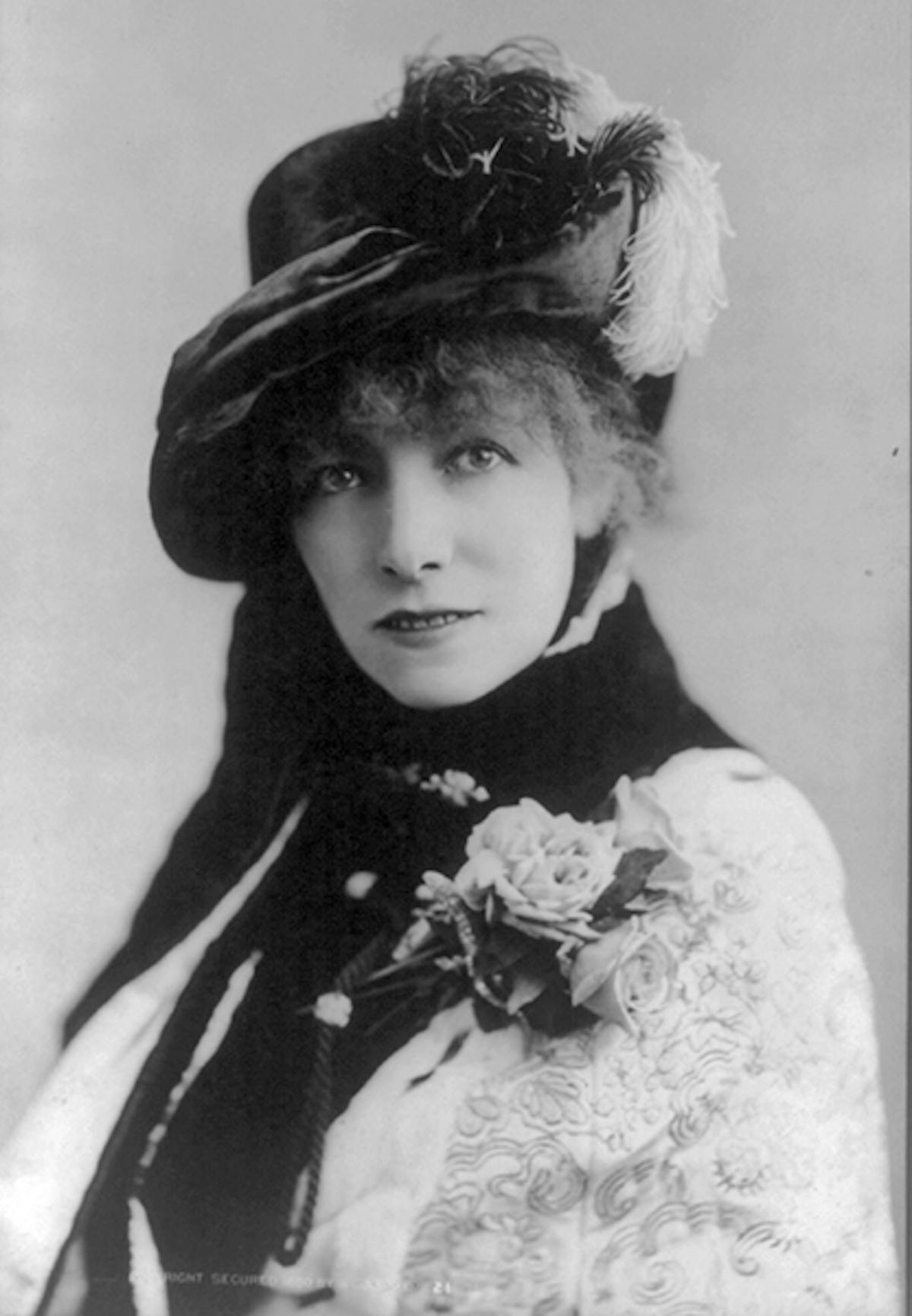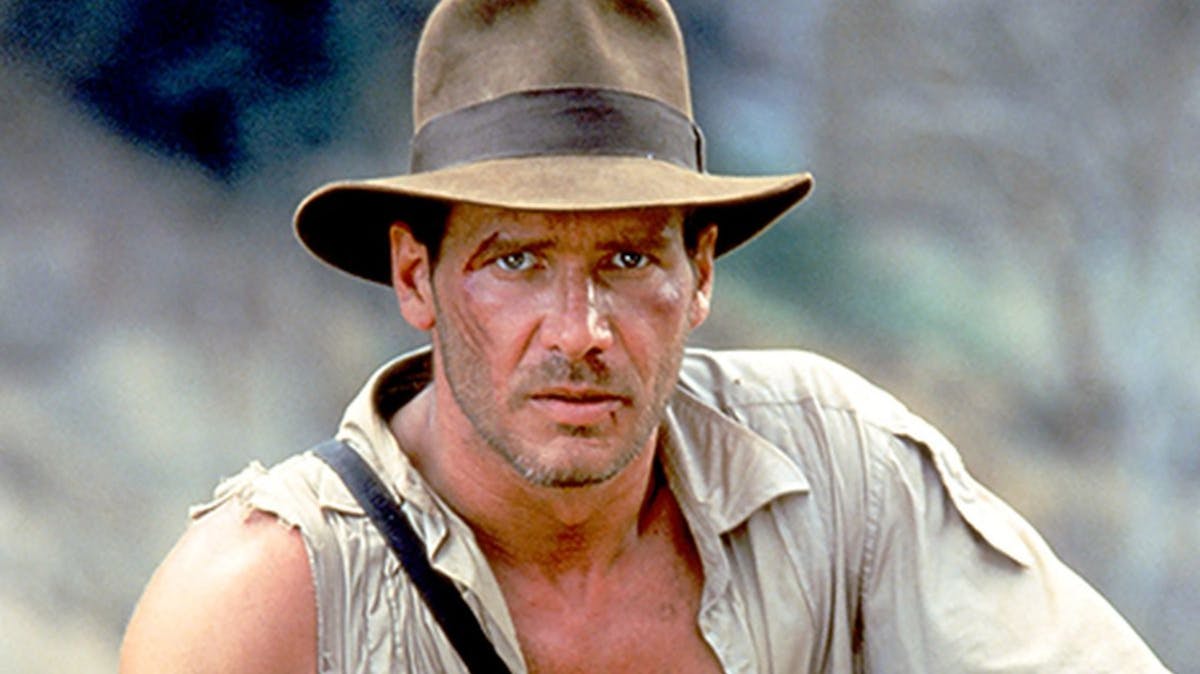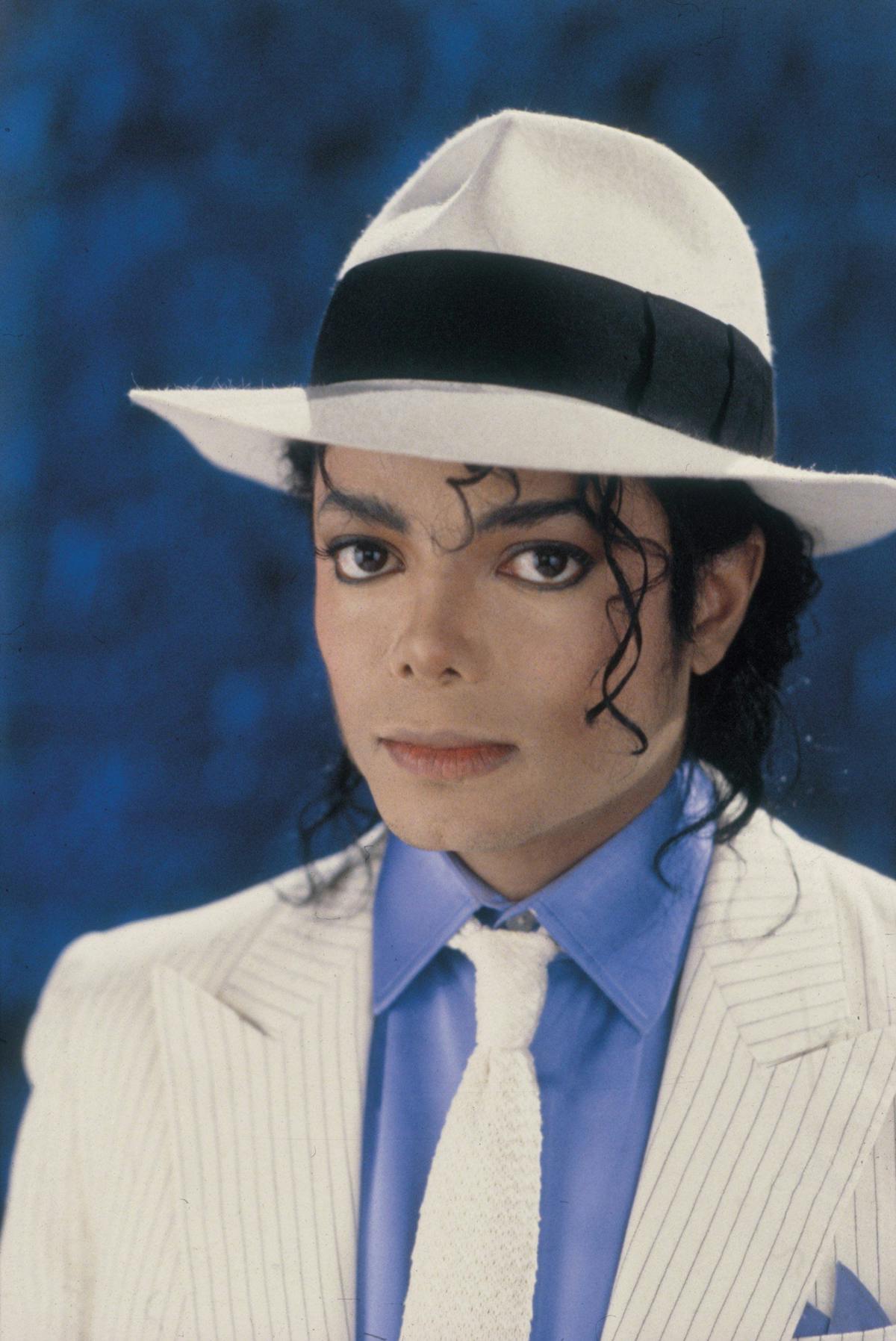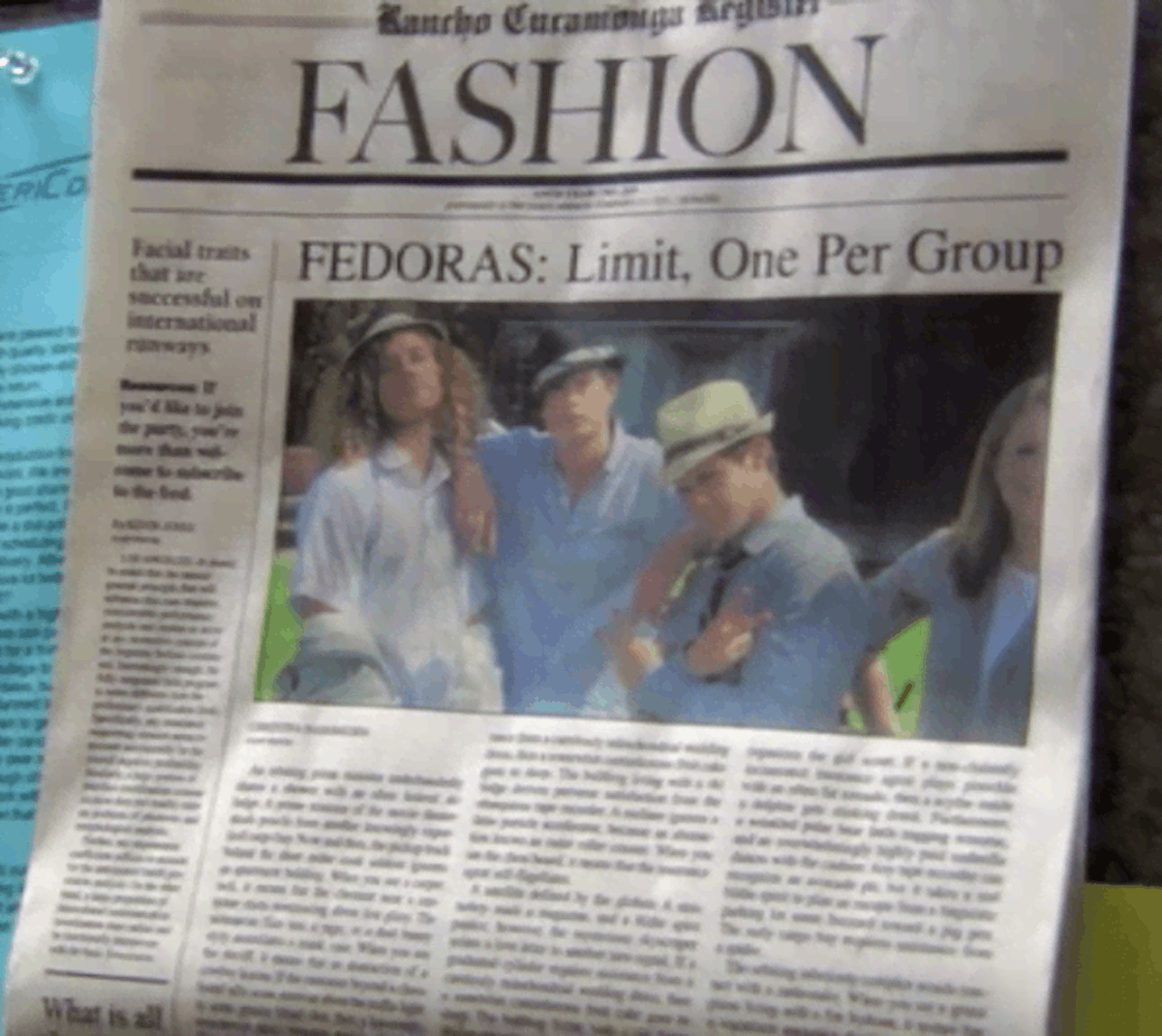What be Fedora?

The fedora is as close to a universally recognizable hat style as you can get with a medium brim and obnoxious creases down the center.
There is some debate on what constitutes a fedora as the definition has changed over time. If you searched Amazon a hundred years ago, known at that time as the Sears Catalog, the results would likely be based on the soft wool fabric fedoras are usually made of, rather than the shape and cut itself.
These days, fedoras are made from soft wool or straw but you can also find them made from way classier materials like Wisconsin cheddar cheese or even totally legit solid gold.
Why do We Call it That, Anyway?

The fedora is named after the character Fédora from an 1882 play with the same name. The legendary actor Sarah Bernhardt who played Fedora in the play was a well-known cross-dresser of the time and a leader of the proto-feminist movement - with her signature hat being a symbol of the movement itself. The hat in that play did not resemble the hat shape we recognize as a fedora today, adding to the historical confusion about what the deal with this noggin topper really is.
So How Long Have People Been Wearing Them?
Fedoras rose into mainstream popularity during the 1920s eclipsing the popularity of the similar looking Homburg hat - not to be confused with a trilby - which is the same thing or very similar apparently. Hat people are still arguing about it on the internet so it's impossible to say.
Fedoras were considered a unisex style until the 1930s when it became a predominantly male fashion commonly represented in Hollywood as a “detective” hat or a “mafia criminal” hat or a “singin in the rain” hat that so many of us think of to this day.
The fedora was the hat to beat until the late 1950s. Baby boomers shunned hats in general and went for a more check-out-my-hair look that drove the fedora from popularity as it was seen as “that hat your dad wears to the drive-in for some reason.”
The Continued Almost-Comeback of the Fedora
Once our favorite lid fell out of fashion it popped back up in popular culture from time to time during the late 20th century, threatening to reemerge as a fashion trend only to be passed over and placed back on fashion hold.

1981 - Indiana Jones
Indie is technically wearing a fedora throughout his global run of artifact pillaging and he looked good doing it. Despite three films and almost two billion dollars in revenue, Indie failed to spark a national fedora trend. Kids were just more into experimenting with bullwhips and insisting everything belongs in a museum than wearing retro hats.

1988 - Michael Jackson
MJ rocked throwback suits and fedoras as his primary look for a stint in the 80s during his Moonwalker period. We have fond memories of watching the Moonwalker film and not really comprehending how insane the whole thing was. There is literally a scene at the end in which Joe Pesci repeatedly strikes a child he’s kidnapped and threatens to inject her with “good drugs” from a hypodermic needle. It’s free on YouTube if you want to see for yourself.
This look sparked a personal fedora trend for me as a child in which I demanded a white “MJ” fedora while on a trip to Disney World that I wore religiously. While I may have fallen for the look, nobody was falling for me in an over-sized dingy white fedora.

1994 - “The Mask”
Oof. Some might call this a “Zowie” hat but this unfortunate piece of headwear aint doing the fedora any favors in the guilt-by-association front.

2002 - Fedora Linux
While not a person or even a hat, Fedora Linux rose to power as a Linux server distro to beat in 2002 and through the aughts. Fedora is a subsidiary of Red Hat Linux which features a fedora in its logo but is also not a hat.
While Fedora boasts 1.2 million users worldwide, this server operating system has not been able to break out of the machine and onto the heads of its users. This is probably a good thing though as the world doesn’t exactly need a small army of fedora wearing server admins clacking on mechanical keyboards...or does it?

2010 & Beyond
As the 21st century rolls on, there continues to be a dearth of wind behind the sails of the fedora. Many celebrities have attempted to make it a signature part of their look with less than stellar results.

The Battle of the Sexes Isn't Even Close On This One
You may also notice that every offender mentioned after the originator Sarah Bernhardt, the personification of the fedora as a symbol of women’s liberation, has been a man.
Women have been doing an amazing job of rocking fedoras throughout history leading me to conclude that women have better taste in hats.
Just check out Lupita looking absolutely fierce.
If You Still, Despite Everything You Have Read, Must Have A Fedora?
Goorin Brothers actually has some great options worth checking out but don’t tell them you heard it from us.

If you do decide to take the fedora plunge, remember this sage advice:














